The Robinsonade is a particular type of narrative, usually a novel, telling of the fate of a person or group who are cast away on a deserted island. The adventures and life-stories of such Robinson-figure(s) are closely connected, and the space of the island plays a central role for the content and structure of the narrative. Robinsonades often feature aspescts of other genres, such as travelogues, picaresque novels, utopias, adventure novels or idylls. In some cases, the island episode is just one of several adventurous episodes in the story.
The resounding success of Daniel Defoe’s novel in particular led to it becoming the paradigmatic exemplar of the genre, although the theme of the man stranded on a desert island had of course existed in literary texts long before that. Since its publication in 1719/20, Robinson Crusoe has been one of the most adapted novels in literary history. The term ‘Robinsonade’ was therefore introduced by reviewers as early as the eighteenth-century to describe the large number of imitations.
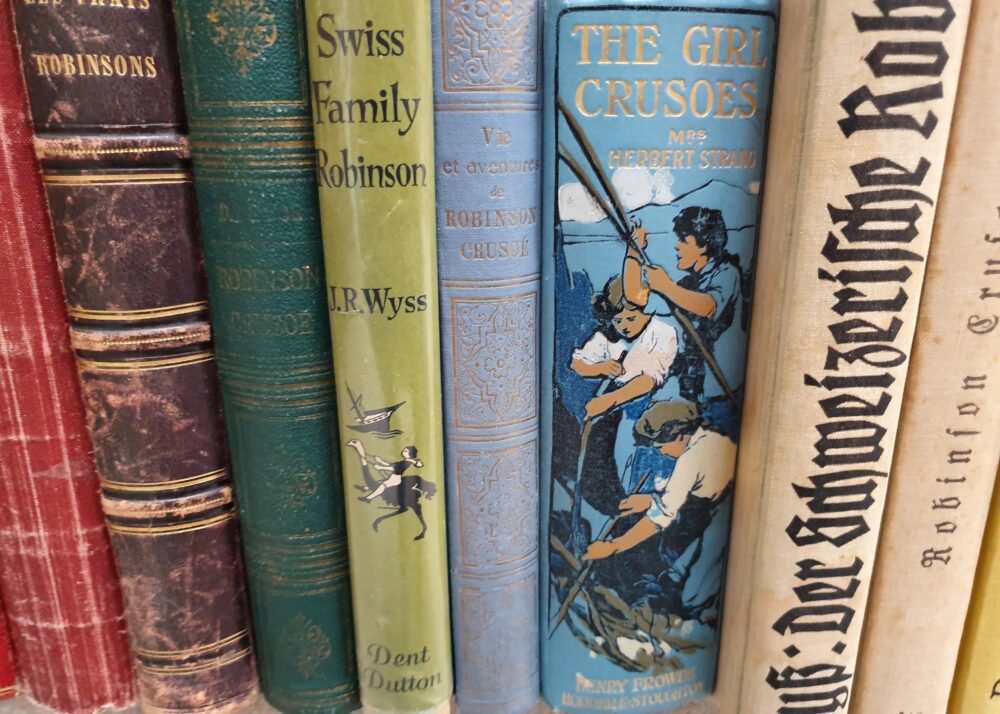
Precursors of this type of text have existed since antiquity. The late seventeenth-century in particular saw the publication of a number of well-known texts with an island motif at their centre, in which the contemporary theme of the exploratory expedition recognizably also plays a significant role, such as H. Neville’s satire The Isle of Pines (1668) or Grimmelshausen’s Simplicissimus Teutsch (1669). Both these Robinsonades avant la lettre and Robinson Crusoe were inspired by historical sources about shipwrecked seafarers. Arguably following this style, Defoe wrote his novel in the form of a first-person account of the events Crusoe experienced, and which is in turn framed by a fictional editor; both were supposed to authenticate the narrative.
Variations of these formal features can be found in many other Robinsonades. However, while castaways like Simplicissimus land on an island where food is plentiful and a life of leisure is possible, it is only with Robinson Crusoe that the arduous struggle for survival in unknown surroundings and with few resources becomes the central motif of the genre. A close link between journey and biography, as well as the main character’s associated self-reflection are equally characteristic of Defoe’s novel. In contrast to the stereotypical rogues and adventurer characters of older island novels, Defoe thus focuses on the detailed character development and religious conversion of a more rounded character.
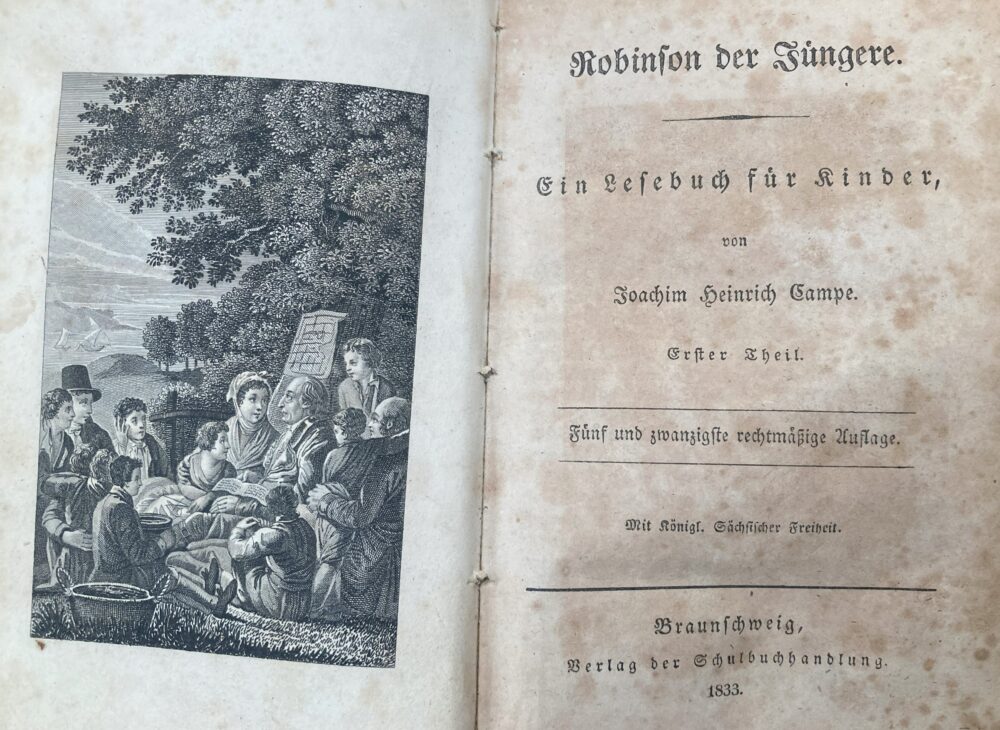
In 1762, the influential Enlightenment philosopher Jean-Jacques Rousseau recommended Robinson Crusoe in his educational novel Emile ou de l’éducation as early reading for children, because it showed all the “natural needs of man” (Rousseau 389) in a way that children could understand. This impulse would shape the history of the genre: it positioned Robinson Crusoe as an educationally valuable cultural narrative that presented the stages of societal development in an exemplary manner. This is evident in the numerous adaptations of the novel for children and adolescents that have followed since. The most famous of these, Joachim Heinrich Campe’s Robinson the Younger, for the Pleasant and Useful Entertainment of Children (1779/80; German: Robinson der Jüngere), became the most successful German children’s book ever.
The story remained relevant in the nineteenth-century, when countless ‘local’ variants emerged, remaining close to the original material. The ‘family Robinsonade’ The Swiss Family Robinson (German: Der Schweizerische Robinson) by the pastor Johann David Wyss from 1812 is particularly noteworthy due to its international success. The twentieth-century saw adaptations that were critical of civilization and sometimes dystopian, such as Jean Giraudoux’s Suzanne et le Pacifique (1921) – by no means the only ‘female Robinson‘ – or William Golding’s dystopian youth novel Lord of the Flies (1954) and Marlen Haushofer’s Die Wand (1963). The genre is now also moving closer and closer to ‘scientific romance’ and science fiction, and is migrating into modern media, although not completely deviating from the central characteristics of the genre: the feature film The Martian (Ridley Scott, 2015), in which an astronaut is stranded on Mars, is easily recognizable as a Robinsonade.
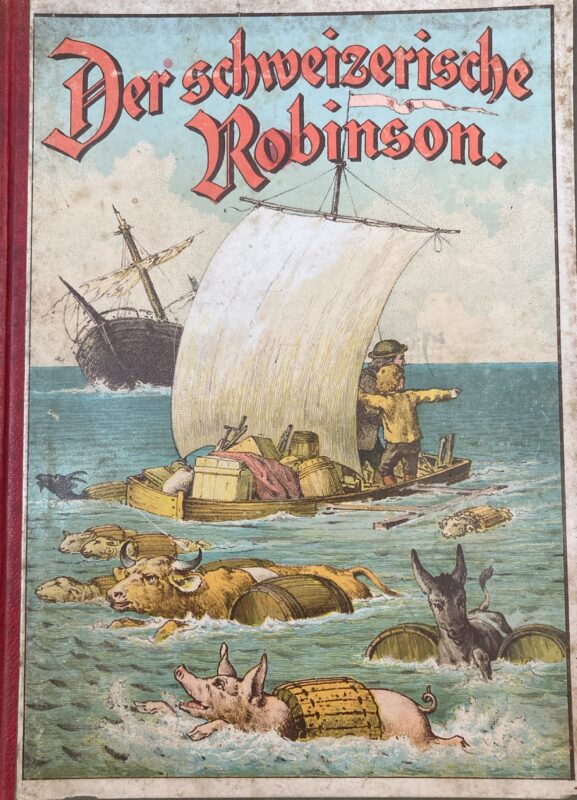
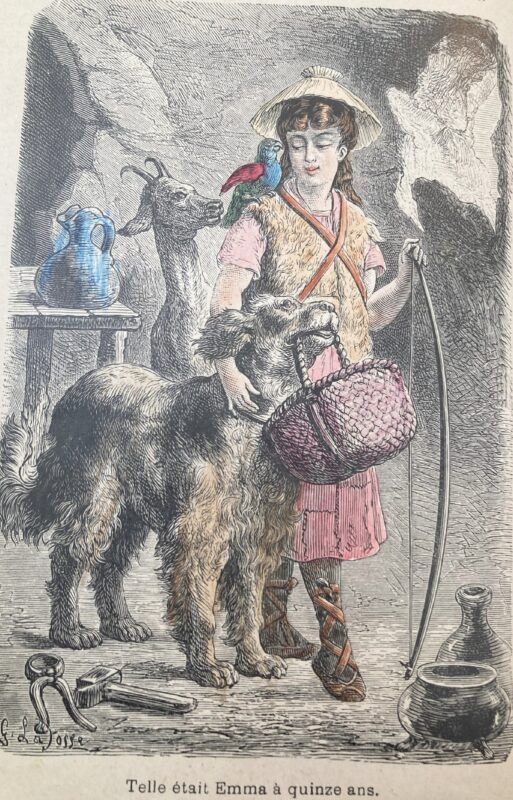
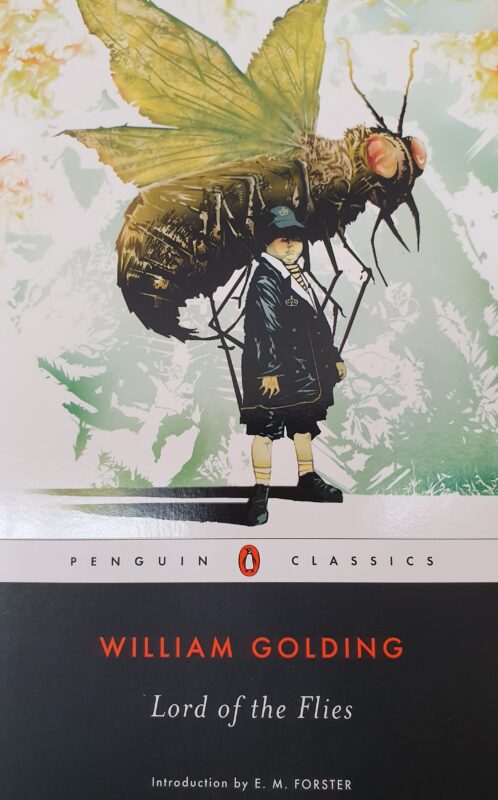
Text: Sina Chiavi
Translation: Timothy Holden
Sources:
- Bitterli, Urs. Die ‘Wilden’ und die ‘Zivilisierten’. Grundzüge einer Geistes- und Kulturgeschichte der europäisch-überseeischen Begegnung. 2. Durchgesehene und erweiterte Aufl. München 1991 (1976).
- Brunner, Horst. “Kinderbuch und Idylle. Rousseau und die Rezeption des Robinson Crusoe im 18. Jahrhundert”, in: Jahrbuch der Jean-Paul-Gesellschaft 2 (1967), S. 85–116.
- Dunker, Axel. “Robinsonade”. In Dieter Lamping (Hg.). Handbuch der literarischen Gattungen. Stuttgart 2009, S. 622–626.
- Dunker, Axel. “Abenteuerroman”. In Dieter Lamping (Hg.), Handbuch der literarischen Gattungen. Stuttgart 2009, S. 1–8.
- Reckwitz, Erhard. Die Robinsonade. Themen und Formen einer literarischen Gattung, Amsterdam 1976 (=Bochumer anglistische Studien, Bd. 4).
- Rousseau, Jean-Jacques. Emile oder über die Erziehung, hg. v. Martin Rang. Stuttgart 1963.
- Schmitt, Claudia: “Vom Leben jenseits der Zivilisation. Ein vergleichender Blick auf das Verhältnis von Mensch und Natur in der Robinsonade”. In Evi Zemanek (Hg.), Ökologische Genres, Naturästhetik – Umweltethik – Wissenspoetik. Göttingen 2018, S. 165–180.
- Torke, Celia. Die Robinsonin. Repräsentationen von Weiblichkeit in deutsch- und englischsprachigen Robinsonaden des 20. Jahrhunderts. Göttingen 2011.
- Wagner, Walter. “Die ökologische Insel. Defoes Robinson Crusoe und Yourcenars Un homme obscur“. In Claudia Schmitt / Christiane Sollte-Gresser (Hg.), Literatur und Ökologie. Neue literatur- und kulturwissenschaftliche Perspektiven. Bielefeld 2017, S. 119–128.
